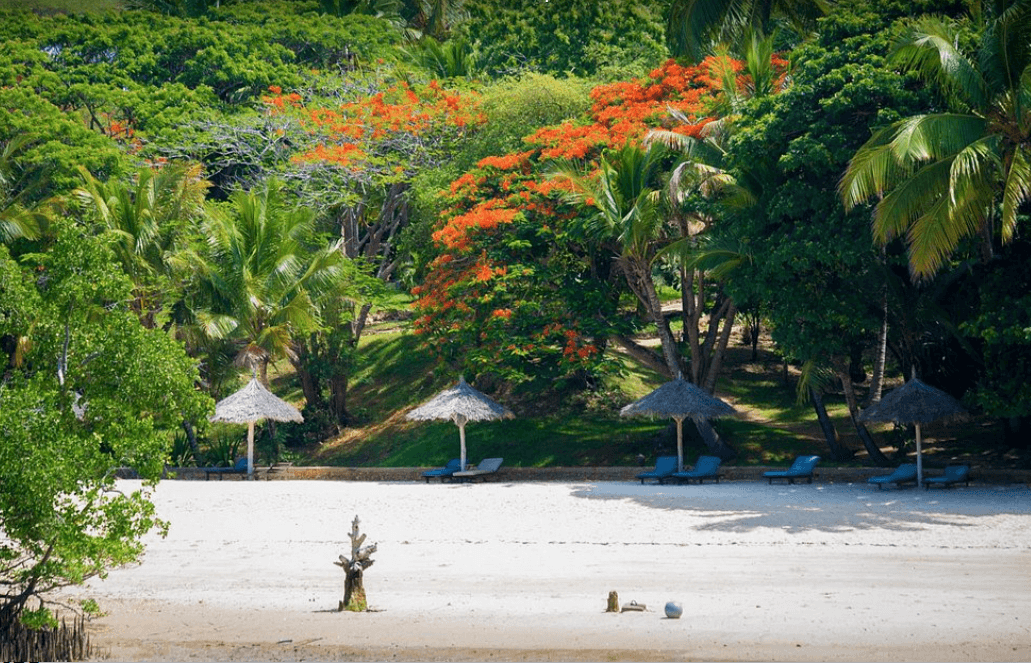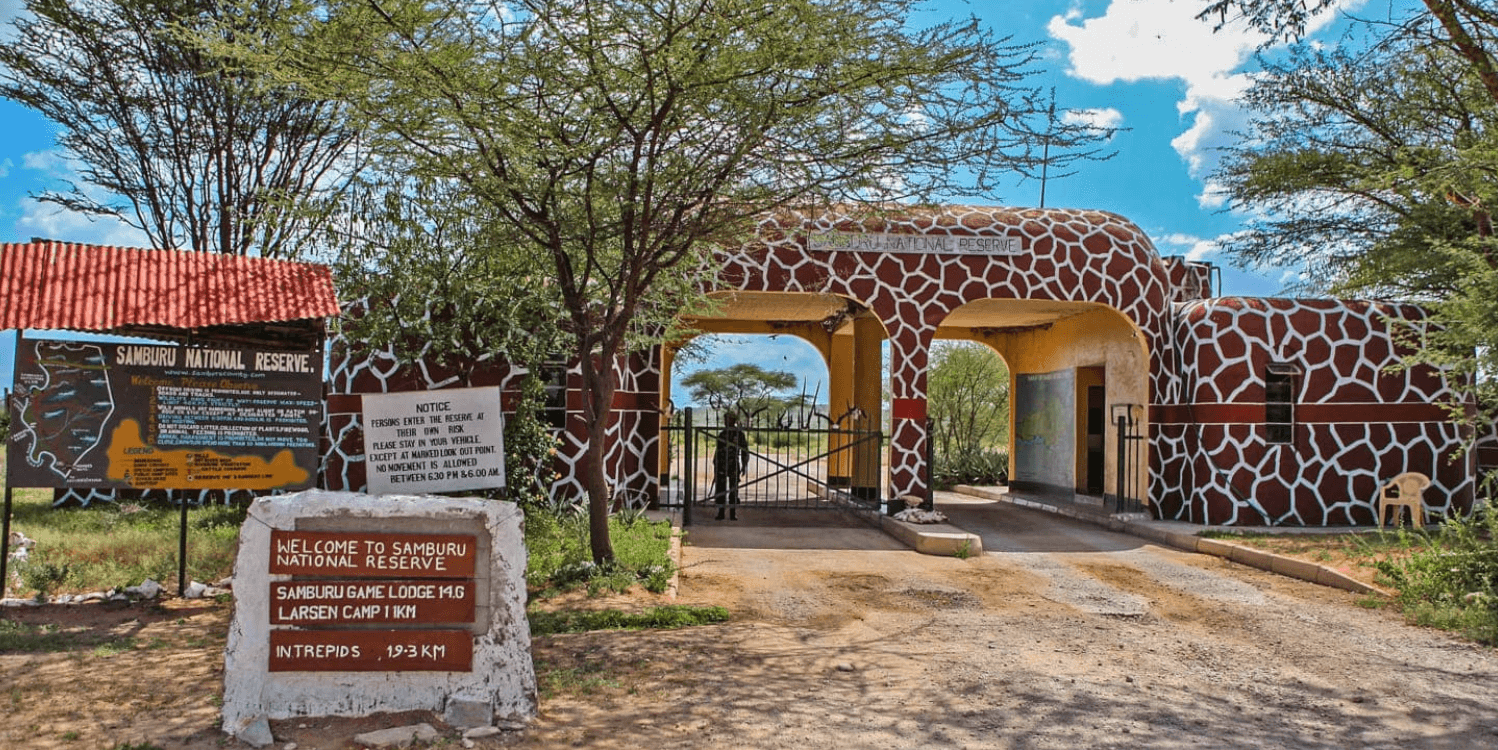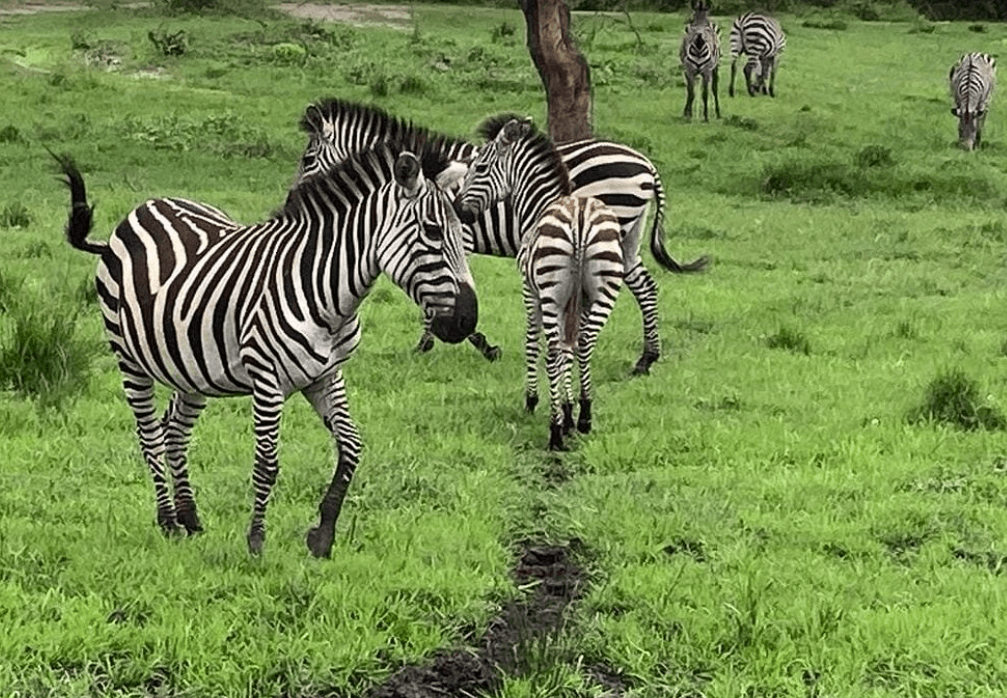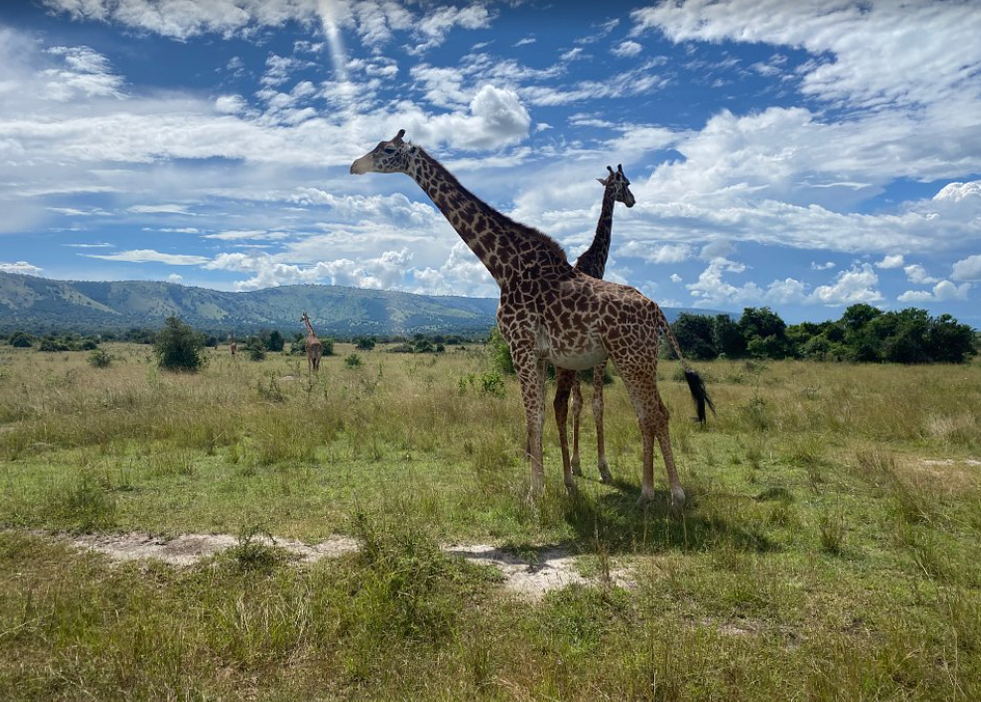Lake Nakuru National Park: Kenya Lake System in the Great Rift Valley
Located in the heart of Kenya’s Rift Valley, Lake Nakuru National Park is one of the country’s premier wildlife destinations. Renowned for its rich birdlife and impressive population of rhinos, the park covers approximately 188 square kilometers surrounding Lake Nakuru, a shallow alkaline lake that attracts thousands of flamingos each year. Established in 1961 as a bird sanctuary, Lake Nakuru National Park quickly became famous for its vibrant pink shores, where flamingos gather in droves, creating a breathtaking view. Today, the park is a UNESCO World Heritage Site and offers visitors an immersive experience in Kenya’s natural beauty and wildlife diversity.
How to Get to Lake Nakuru National Park
Lake Nakuru National Park is situated about 164 kilometers northwest of Nairobi, making it accessible by both road and air.
By Road
The most common way to reach Lake Nakuru is by road. The drive from Nairobi takes approximately 2-3 hours via the Nairobi-Nakuru Highway, and the roads are generally well-maintained. Many visitors choose to travel by car or use a tour company that includes transportation as part of the package. The park’s main entrance, Nderit Gate, is located near Nakuru town, making it easy to find and access.
By Air
For those seeking a faster route, flights are available from Wilson Airport in Nairobi to the Nakuru Airstrip. This option significantly reduces travel time, making it ideal for travelers with tight schedules. Several airlines offer charter flights, allowing you to arrive in under an hour.
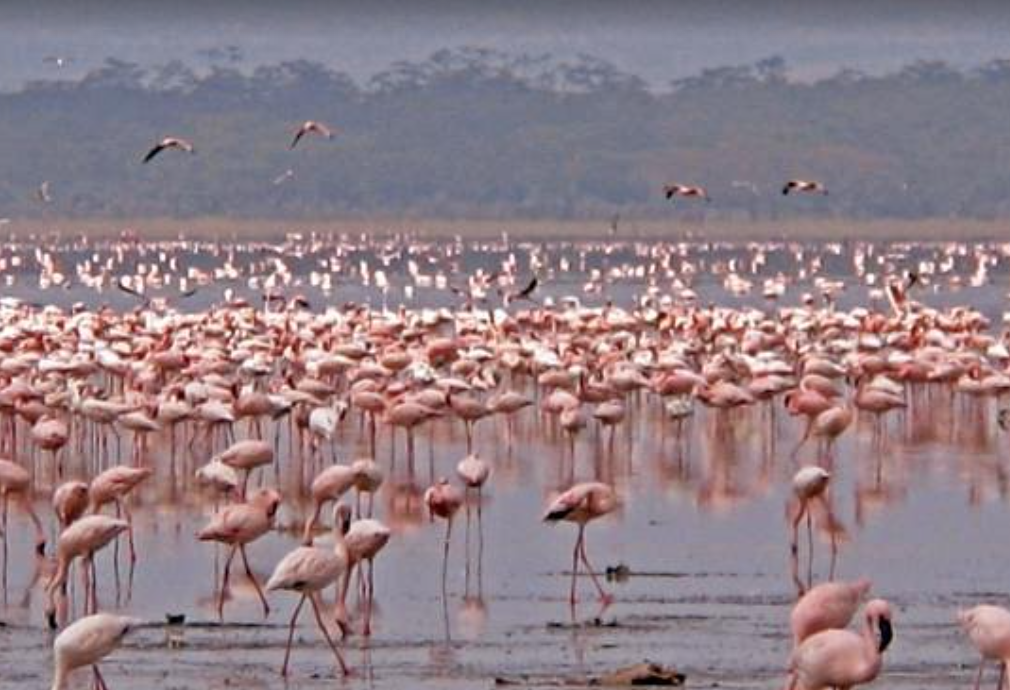
Attractions and Activities at Lake Nakuru National Park
Lake Nakuru National Park is packed with exciting attractions and activities that cater to all types of travelers. From birdwatching to game drives, there’s something for everyone.
1. Birdwatching
Lake Nakuru is often called the “Bird Watchers’ Paradise.” Known for its vast flamingo population, the lake attracts over 400 bird species. While the number of flamingos varies with water levels, visitors often see thousands lining the shores. Notable bird species include the great white pelican, African fish eagle, grey-crowned crane, and greater blue-eared starling.
2. Game Drives
The park’s game drives are among the best in Kenya. With an array of animals, including lions, leopards, buffalos, and the endangered black and white rhinos, Lake Nakuru offers a rich wildlife experience. The park’s size and good road network make it easy to navigate, allowing visitors to explore the diverse landscapes, from grasslands and marshes to rocky cliffs and forested areas.
3. Rhino Sanctuary
Lake Nakuru is famous for its Rhino Sanctuary, one of the largest in Kenya. It’s home to both black and white rhinos, offering visitors a unique opportunity to see these endangered animals up close. The sanctuary has been successful in increasing rhino numbers, making it a significant conservation area and a highlight for visitors interested in wildlife conservation.
4. Baboon Cliff
For panoramic views, head to Baboon Cliff. Located on the eastern side of the lake, this viewpoint offers a stunning overlook of Lake Nakuru and the surrounding landscape. Visitors often spot baboons here, giving the cliff its name. Baboon Cliff is also a great spot for photography, especially in the early morning or late afternoon when the light is softer.
5. Makalia Falls
Makalia Falls is a beautiful waterfall located within the park, south of Lake Nakuru. It’s a peaceful area where visitors can take a break and enjoy the scenery. During the rainy season, the falls are especially impressive, creating a refreshing atmosphere and a lovely spot for picnics.
6. Lion Hill
Lion Hill is another scenic viewpoint within the park. It offers sweeping views of the lake and surrounding parklands. The area around Lion Hill is also a good place to spot wildlife, including large mammals like buffalos, giraffes, and antelopes.
7. Acacia Forests and Euphorbia Trees
Lake Nakuru National Park features unique vegetation, including acacia woodlands and Euphorbia candelabrum trees. The acacia forests are a prime habitat for birds and smaller mammals, while the towering Euphorbia trees provide a striking landscape feature. Exploring these areas allows visitors to experience the park’s botanical diversity, adding another layer to the wildlife experience.
Accommodations at Lake Nakuru National Park
Lake Nakuru National Park offers various accommodation options, from luxury lodges to budget-friendly campsites, ensuring visitors have a comfortable stay within or near the park.
Luxury Accommodations
- Sarova Lion Hill Game Lodge: This lodge offers beautiful views of Lake Nakuru, comfortable rooms, and a range of amenities, including a swimming pool and spa. It’s located within the park, providing easy access to attractions.
- The Cliff Nakuru: This luxury tented camp sits on a cliff overlooking Lake Nakuru. With modern amenities and personalized service, it offers a high-end safari experience.
Mid-range Accommodations
- Lake Nakuru Sopa Lodge: Located on a hill with lake views, this lodge is ideal for travelers looking for comfort at a moderate price. The lodge has spacious rooms and an on-site restaurant.
- Flamingo Hill Camp: This eco-friendly camp provides comfortable tented accommodations and is located near the park entrance. It offers a blend of modern amenities and a rustic safari atmosphere.
Budget Accommodations
- KWS Campsites: Managed by the Kenya Wildlife Service, these campsites offer affordable options for travelers who enjoy camping. They are well-maintained and offer basic facilities.
- Jumuia Guest House Nakuru: Situated just outside the park, this guest house is a budget-friendly option with clean and comfortable rooms, making it convenient for budget-conscious travelers.
Frequently Asked Questions (FAQs)
What is the best time to visit Lake Nakuru National Park?
The best time to visit is during the dry seasons from June to September and January to March, as animals gather around water sources and the roads are more accessible. However, the park is open year-round, and the wet season offers lush landscapes and fewer crowds.
Is Lake Nakuru National Park family-friendly?
Yes, Lake Nakuru is suitable for family visits. The park offers a range of activities, from game drives to scenic viewpoints, and children often enjoy watching the large populations of flamingos and other wildlife.
What should I pack for a safari at Lake Nakuru?
Pack light, breathable clothing for daytime and warmer layers for mornings and evenings. Essentials include binoculars, a camera, sunscreen, insect repellent, and comfortable walking shoes. A rain jacket is also advisable if visiting during the wet season.
Are there any restrictions on photography?
Photography is allowed throughout the park, but it’s essential to avoid using flash when photographing animals. Also, keep a safe distance and respect the animals’ natural behaviors.
How long should I plan to stay at Lake Nakuru?
A two-day stay is ideal to explore Lake Nakuru’s main attractions and enjoy game drives, birdwatching, and scenic viewpoints.
Is it safe to visit Lake Nakuru National Park?
Yes, the park is safe for visitors. Kenya Wildlife Service rangers are stationed within the park, and most safari guides are experienced in ensuring visitor safety. It’s advisable to follow all park guidelines, especially regarding wildlife interaction.
Lake Nakuru National Park offers an unforgettable wildlife experience in one of Kenya’s most scenic regions. From the flamingo-lined shores of Lake Nakuru to the dramatic views from Baboon Cliff, the park provides diverse attractions and activities for nature enthusiasts, photographers, and adventure seekers alike. Whether you’re on a luxury safari or a budget adventure, Lake Nakuru National Park promises a rich and immersive journey into Kenya’s natural beauty and wildlife heritage.

